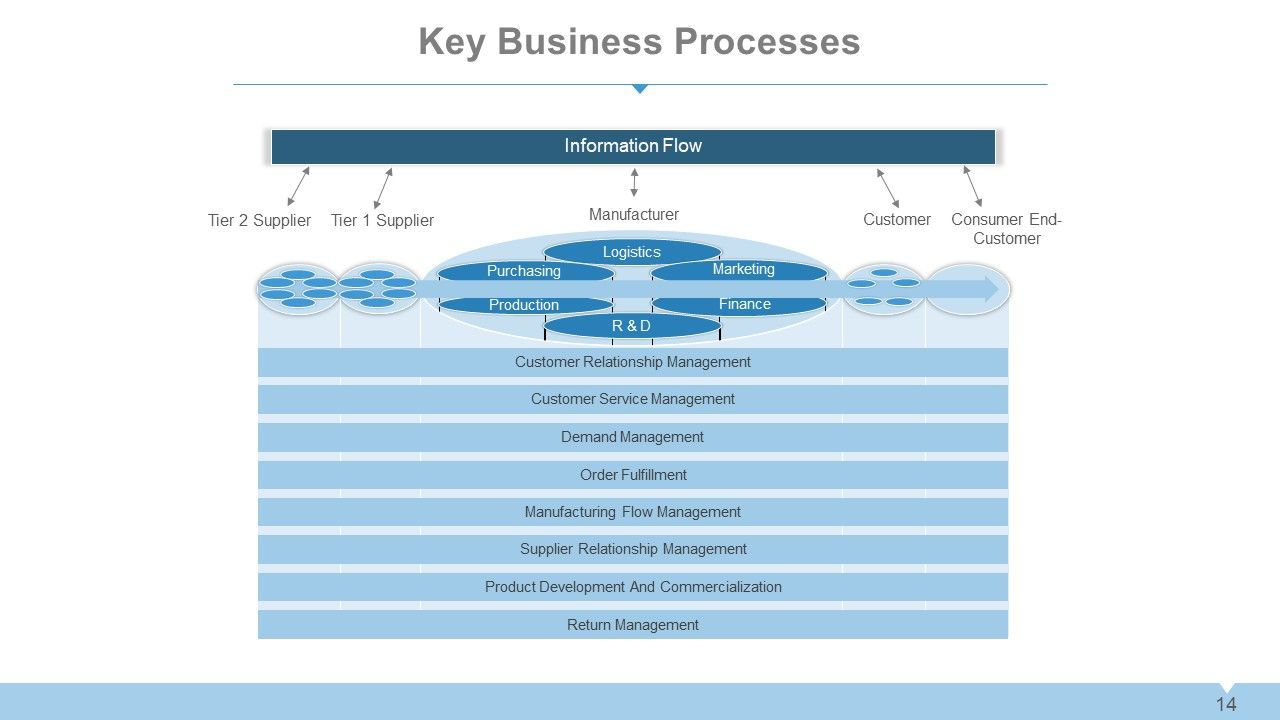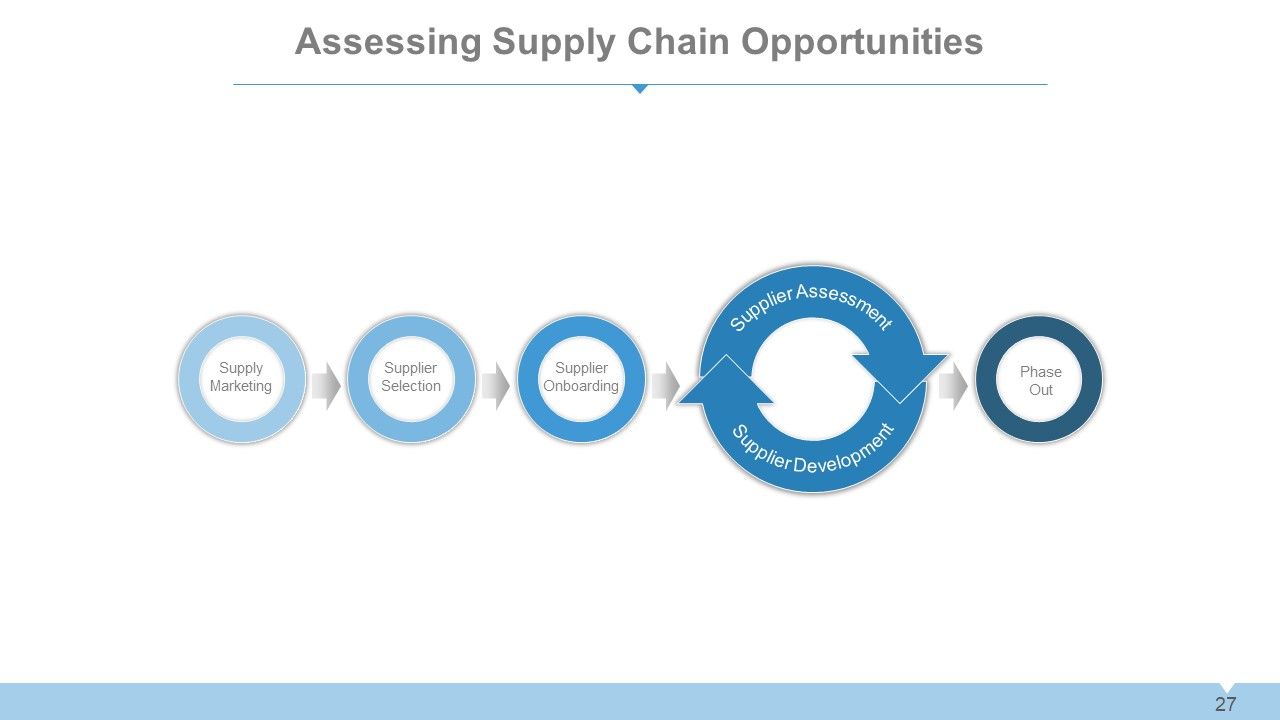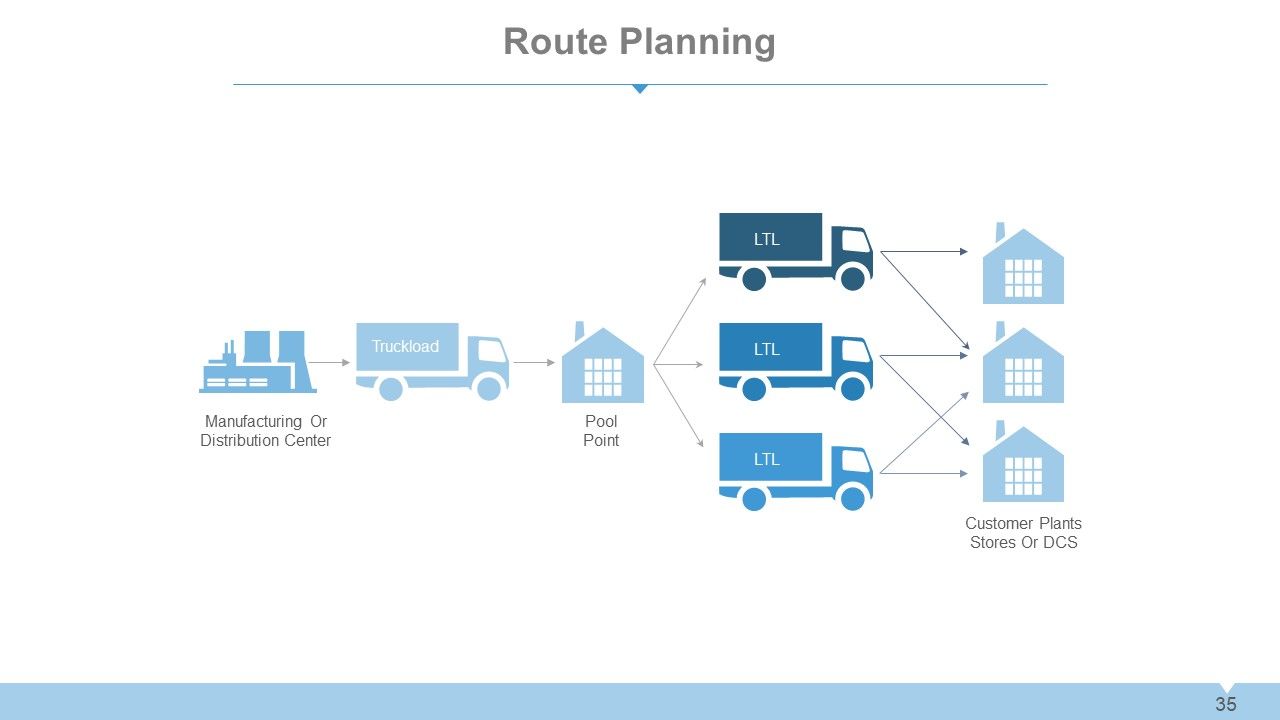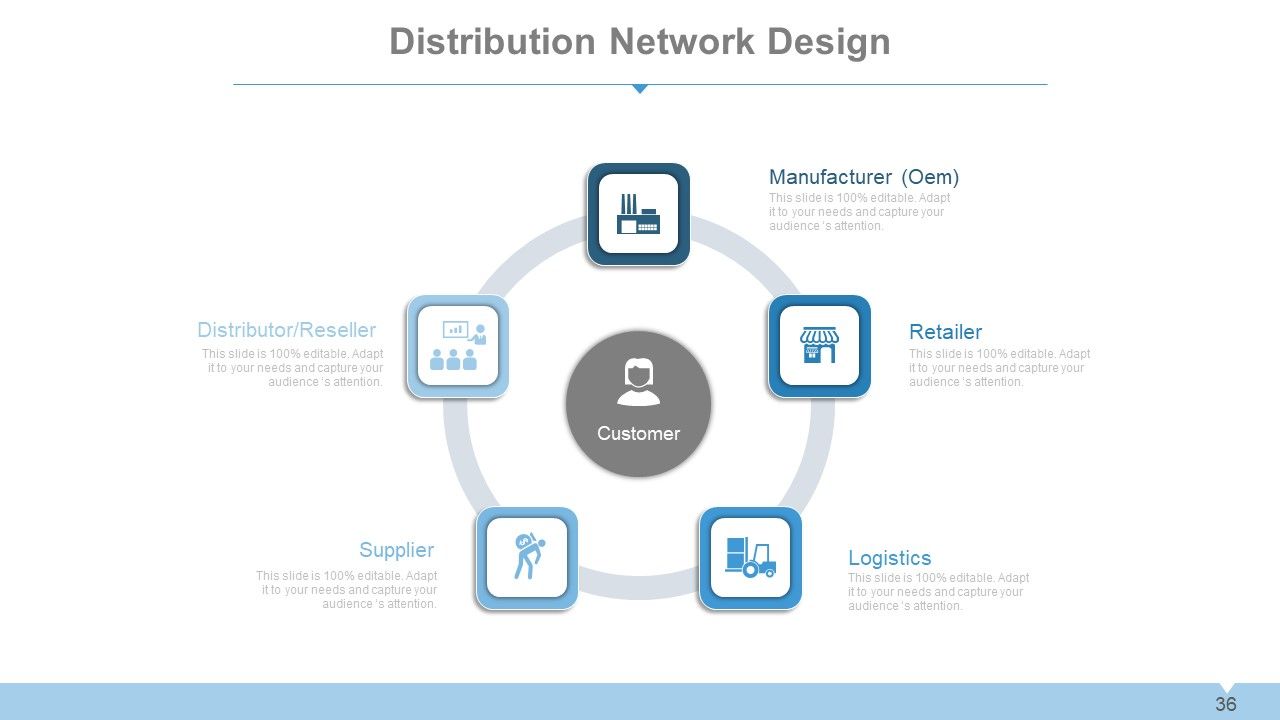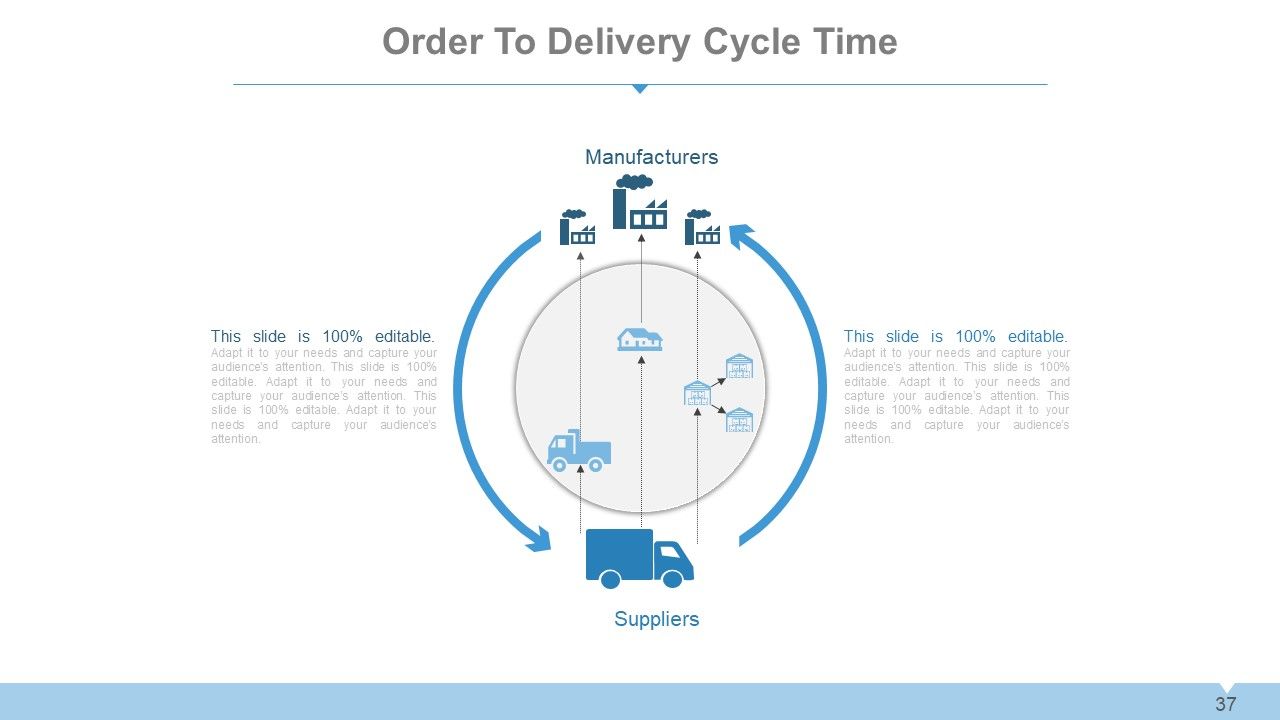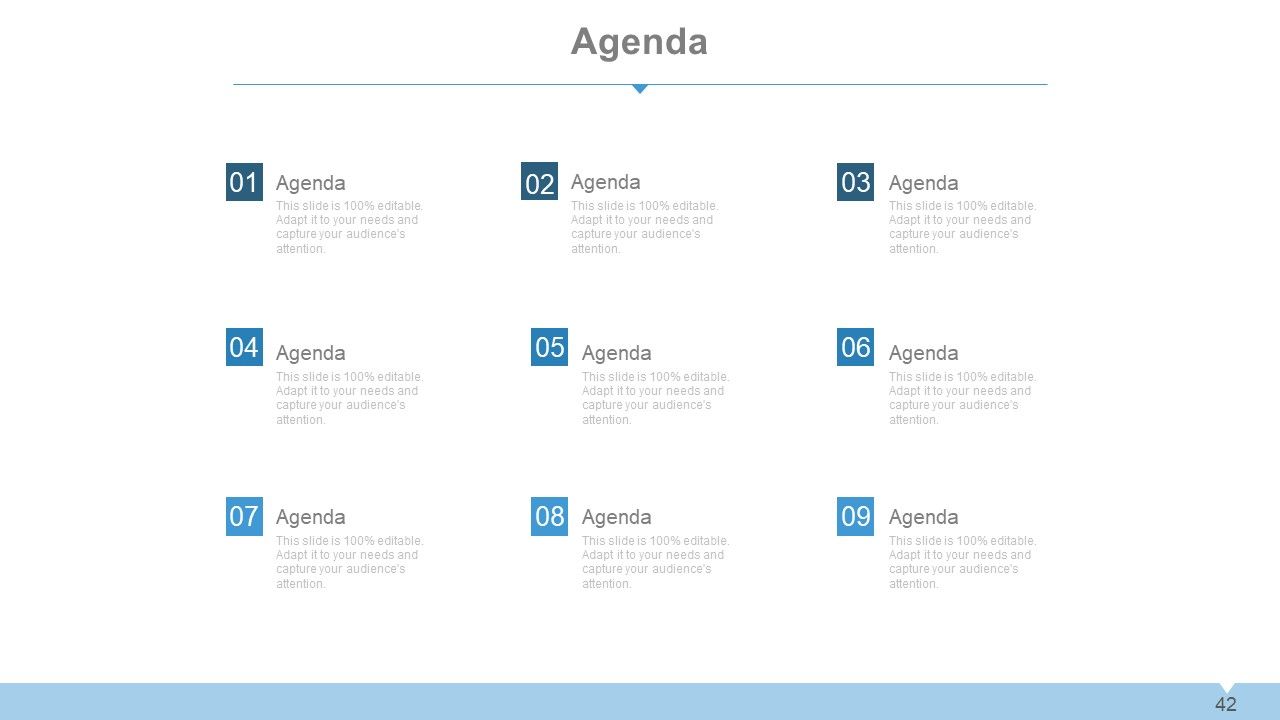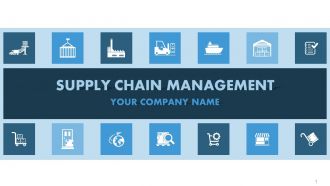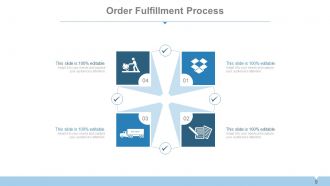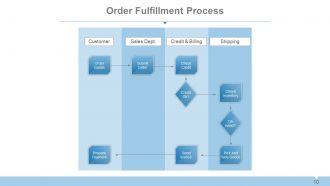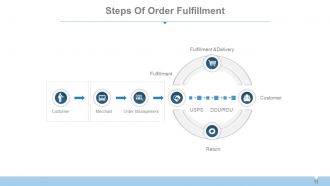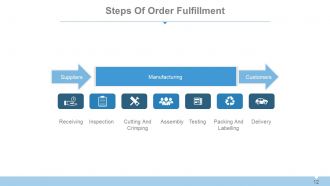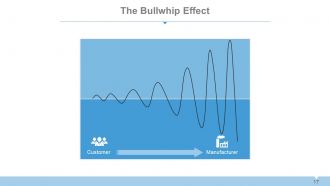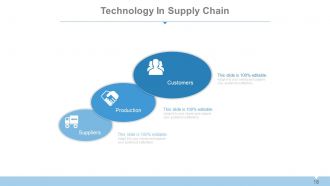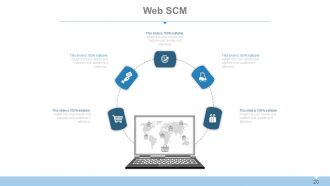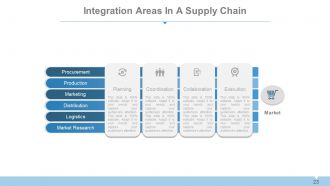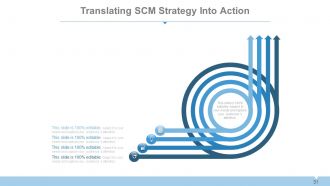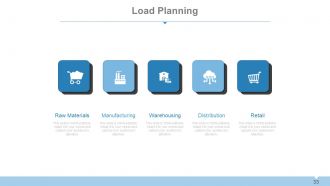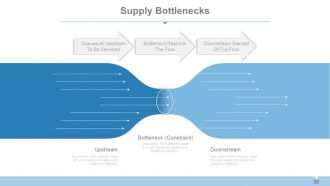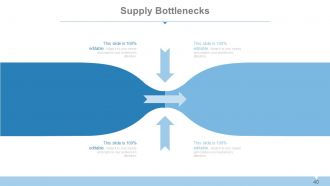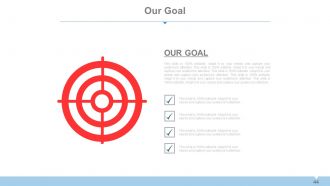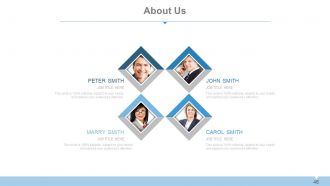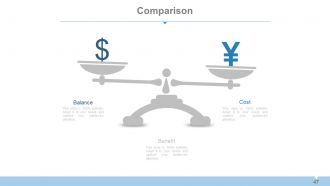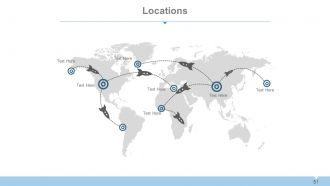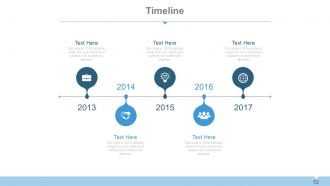Supply chain management systems overview powerpoint presentation with slides
When it comes to business than supply chain management indeed is the most important aspect for a business. You could take all your supply chain systems a step further with our complete PowerPoint slide deck. Here are few ways to do this. You can download this PPT model to make your employees familiar with important but some lesser known aspects about chain supply. Furthermore, this PPT sample file assists to thoroughly illustrate a SCM framework thereby enabling a company to adopt quickly as per market demands. Not finished yet! As to give an edge to your PowerPoint presentation we have included exclusive PPT templates explaining Components of the Supply Chain, Flow in Supply Chain, Problems and Technology in Supply Chain. Best part is that before downloading you can simply click to take a short and snappy look of our presentation deck. Guide their growth with our supply chain management ppt Deck. Empower them to achieve their goals.
You must be logged in to download this presentation.
 Impress your
Impress your audience
Editable
of Time
PowerPoint presentation slides
A complete set of readymade 54 PowerPoint slides perfect for a supply chain manager. All slide templates are of high resolution. Simply click to manually edit color, layout, text or PPT background as per your style. Easy to remove watermark. Original PPT infographics illustrating each aspect. Effortless inclusion procedure to put in company logo, trademark or name. Exclusive Thank you and Business Quote presentation slides. Well compatible with Google slides. Downloading process as simple as ABC.
People who downloaded this PowerPoint presentation also viewed the following :
Content of this Powerpoint Presentation
Slide 1: This slide introduces Supply Chain Management. State Your Company Name and get started.
Slide 2: This slide presents What Is Supply Chain Management (SCM) with the following points- End Customer, Information Flow Physical Flow, Second Tier Customer, First Tier Customer, Demand Side, First Tier Supplier, Second Tier Supplier, Supply Side.
Slide 3: This slide presents Components Of The Supply Chain- Manufacturing, Logistics, Demand, Consumer, Retail, Distribution, Warehouse.
Slide 4: This slide also presents Components Of The Supply Chain categorised as- Inbound Logistics, Internal Logistics, Outbound Logistics.
Slide 5: This slide showcases Flows In Supply Chain.
Slide 6: This slide too showcases Flows In Supply Chain from Public Sales Portal to Enterprise Sales Portal.
Slide 7: This slide presents Push VS Pull Model divided into- Production Approximation - Production Precision, Anticipated Usage’s - Actual Consumption, Large Lots - Small Lots, High Inventories - Low Inventories, Waste - Waste Reduction, Management By Firefighting - Management By Sight, Poor Communication - Better Communication.
Slide 8: This slide presents another variation of Push VS Pull Model with the following points- Customer, Distributor, Manufacturer, Supplier.
Slide 9: This slide shows Order Fulfillment Process for Supply Chain management.
Slide 10: This slide also showcases Order Fulfillment Process for Supply Chain management divided into-. Customer, Sales Deptt., Credit & Billing, Shipping.
Slide 11: This slide displays Steps Of Order Fulfillment starting from- Customer, Merchant, Order Management, Return, Fulfillment, Fulfillment &Delivery.
Slide 12: This slide too displays Steps Of Order Fulfillment starting from- Receiving, Inspection, Cutting And Crimping, Assembly, Testing, Packing And Labelling, Delivery.
Slide 13: This slide presents Key Business Processes with the following points- Production Planning, Demand Planning, Logistics, Principal, Vendors, Intermediaries, Service Providers, Reg.&.Govt Agencies, Procurement, Production, Purchase Planning, Customer.
Slide 14: This slide also shows Key Business Processes with the following points- Information Flow: Purchasing, Logistics, Marketing, Production, R & D, Finance, Tier 1 Supplier, Tier 2 Supplier, Consumer End-Customer, Customer, Manufacturer, Product Development And Commercialization, Return Management, Customer Relationship Management, Customer Service Management, Order Fulfillment, Manufacturing Flow Management, Supplier Relationship Management, Demand Management.
Slide 15: This slide presents Problems In The Supply Chain. State problems, difficulties here.
Slide 16: This slide presents The Bullwhip Effect in terms of - Order Quantity Stock for- Manufacture Consumer Retail Wholesale.
Slide 17: This slide showcases The Bullwhip Effect from Customer to Manufacturer.
Slide 18: This slide shows Technology In Supply Chain with- Customers, Suppliers, Production.
Slide 19: This slide shows Technology In Supply Chain with imagery and text boxes to state the role of technology.
Slide 20: This slide presents Web SCM. State your web based aspects here.
Slide 21: This slide shows Supply Chain Optimization with- Product Flow, Demand Signal, Transportation, Sourcing Procurement, Central Manufacturing, Distribution, Assembly And Repair, Sales Marketing And Customer Service, Raw Material And Component Suppliers, Customer.
Slide 22: This slide shows Supply Chain Optimization with- Supplier, Factory, Distributor, Retailer, Customer, Product, Orders.
Slide 23: This slide shows Integration Areas In A Supply Chain with the following points- Market, Procurement, Production, Marketing, Distribution, Logistics, Market Research, Coordination, Planning, Collaboration, Execution.
Slide 24: This slide showcases Supply Chain Operations Reference (SCOR Model) with the following points- Plan, Source, Deliver, Make, Return, Customer Customer, Suppliers Supplier, Supplier, Internal Or External, Customer internal Or External, Your Company.
Slide 25: This slide showcases Supply Chain Operations Reference (SCOR Model) with the following points- Customer Processes, Supplier Processes, Plan, Source, Make, Deliver, Return.
Slide 26: This slide shows SCM Implementation Steps. The listed steps are- Assessing Supply Chain Opportunities, Developing An SCM Vision, Developing An SCM Strategy, Creating The Optimum SCM Organizational Structure, Establishing The SCM Information And Communication Network, Translating The SCM Strategy Into Actions in terms of Concept Phase, Conversion Phase, and Execution Phase.
Slide 27: This slide presents Assessing Supply Chain Opportunities with the following points- Supply Marketing, Supplier Selection, Supplier Onboarding, Supplier Assessment, Supplier Development, Phase Out.
Slide 28: This slide presents Developing SCM Strategy with the following points- Downstream, Value, Distribution, Information, Logistics, Inventory, Cash Flow, Upstream.
Slide 29: This slide shows Optimum SCM Organizational Structure with- Supply Chain Leader, Procurement, Supply Chain Council, Logistics, Management, Strategic Sourcing, Tactical Purchasing, Contract Management.
Slide 30: This slide showcases Translating SCM Strategy Into Action with the following points- Strategy, Business Priorities & Focus, Action, Results, Organizational Capabilities Resources Talent Process, Defining Direction, Aligning The Team.
Slide 31: This slide shows Translating SCM Strategy Into Action with imagery and text boxes.
Slide 32: This slide presents Load Planning with- Sourcing, Manufacturing, Warehousing, Distribution, Return.
Slide 33: This slide presents Load Planning with the following points- Raw Materials, Manufacturing, Warehousing, Distribution, Retail.
Slide 34: This slide presents Route Planning with- Manufacturing Or Distribution Center, Customer Plants, Stores Or DCS, LTL.
Slide 35: This slide presents Route Planning with- Manufacturing Or Distribution Center, Customer Plants Stores Or DCS, Pool Point, LTL, Truckload.
Slide 36: This slide shows a Distribution Network Design with- Customer, Manufacturer (Oem), Retailer, Logistics, Distributor/Reseller, Supplier.
Slide 37: This slide shows Order To Delivery Cycle Time in terms of Manufacturers and Suppliers.
Slide 38: Order To Delivery Cycle Time for Current Order Delivery Cycle for Raw Material, Work In Process, and Finished Goods.
Slide 39: This slide shows Supply Bottlenecks for- Upstream, Downstream, Queues At Upstream To Be Serviced, Bottleneck Restricts The Flow, Downstream Starved Of Full Flow.
Slide 40: This slide shows Supply Bottlenecks imagery. State bottlenecks here.
Slide 41: This slide is titled Additional Slides to move forward. You may change/alter the content as per need.
Slide 42: This is an Agenda slide. State them here.
Slide 43: This is Our Team slide with names, designation and text boxes.
Slide 44: This is Our Goal slide. State goals, targets here.
Slide 45: This is our Vision slide. State company vision here.
Slide 46: This is an About Us slide. State team/company specifications here.
Slide 47: This is a Comparison slide with balance imagery to showcase comparison.
Slide 48: This is Financial scores slide. State financial aspects, results etc. here.
Slide 49: This is a Quotes slide. Convey message, beliefs etc. here.
Slide 50: This is a Dashboard slide for showing information, specifications etc.
Slide 51: This is a Locations slide of world map top show global marketing, growth, presence etc.
Slide 52: This is a Timeline slide to show milestones, evolution, growth highlights etc.
Slide 53: This is a Post It Notes slide to mark reminders, events etc.
Slide 54: This is a Thank You slide with social media handle images- [email protected], [email protected], [email protected]
Supply chain management systems overview powerpoint presentation with slides with all 54 slides:
Get the go from our Supply Chain Management Systems Overview Powerpoint Complete Deck. Your thoughts will get flagged off.
FAQs
The components of a supply chain include manufacturing, logistics, demand, consumer, retail, distribution, and warehouse.
The Bullwhip Effect is a phenomenon in supply chain management where small changes in consumer demand can cause larger and larger swings in inventory levels as information is passed upstream.
The SCOR model in supply chain management stands for Plan, Source, Make, Deliver, and Return. It provides a framework for analyzing and improving supply chain processes.
The steps in implementing supply chain management include assessing supply chain opportunities, developing an SCM vision and strategy, creating an organizational structure, establishing an information and communication network, and translating the SCM strategy into action.
Technology can improve supply chain management by increasing visibility, enhancing communication, improving efficiency, and enabling better decision making. Examples of technology in supply chain management include automation, RFID tracking, and web-based SCM.
-
Helpful product design for delivering presentation.
-
Content of slide is easy to understand and edit.
















